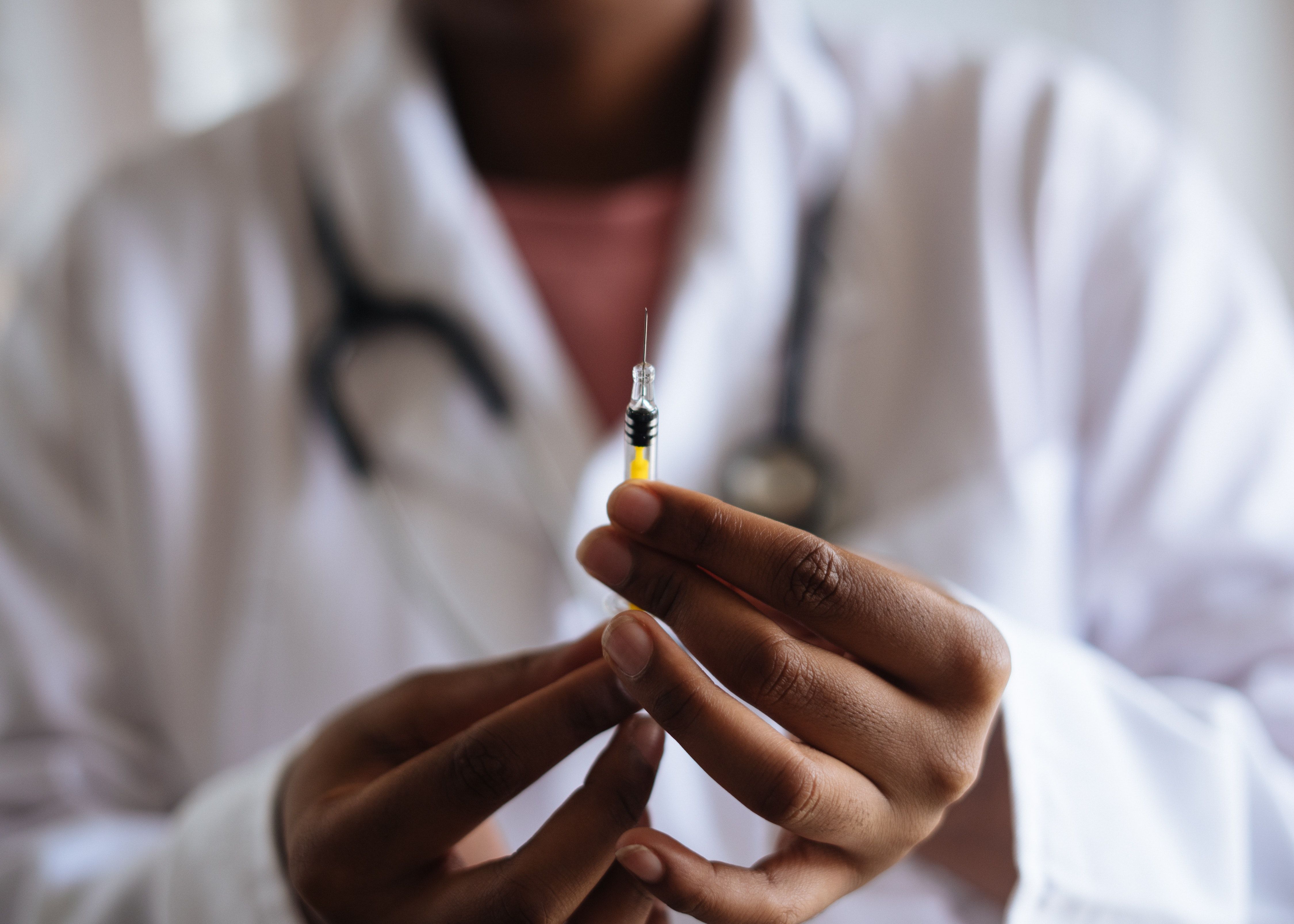The University of Oxford has initiated the first in-human trial against Nipah virus (NiV) using the investigational vaccine, ChAdOx1 NipahB vaccine. With no approved vaccines or treatments after 25 years of Nipah outbreaks, this trial is a step towards addressing Nipah virus, a disease with a 75% fatality rate.
The Coalition for Epidemic Preparedness Innovations (CEPI) is funding an 18-month trial involving 51 participants aged 18 to 55.
“Due to the high mortality rate and the nature of the Nipah virus transmission, the disease is identified as a priority pandemic pathogen, professor Brian Angus, BSc, MBChB, DTM&H, FRCP, MD, FFTM, the trial’s principal investigator and professor of Infectious Diseases at the Centre for Clinical Tropical Medicine and Global Health stated, “This vaccine trial is an important milestone in identifying a solution that could prevent local outbreaks occurring, while also helping the world prepare for a future global pandemic.”1
According to the Centers for Disease Control and Prevention (CDC), symptoms typically appear in 4-14 days following exposure to the virus.
Symptoms of Nipah virus initially include one or several of the following: fever, headache, cough, sore throat, difficulty breathing, and vomiting. More severe symptoms may follow including, disorientation, drowsiness, confusion, seizures, coma, and brain swelling.
3 Key Takeaways
The University of Oxford's initiation of the first in-human trial against the Nipah virus using the ChAdOx1 NipahB vaccine marks a crucial step in addressing the 25-year-long challenge of Nipah outbreaks.
The Coalition for Epidemic Preparedness Innovations (CEPI) is playing a pivotal role by funding an 18-month trial involving 51 participants aged 18 to 55.
Nipah virus has a high fatality rate at 75%.
“Death may occur in 40-75% of cases. Long-term side effects in survivors of Nipah virus infection have been noted, including persistent convulsions and personality changes,” the CDC explains.2
NiV is a zoonotic virus and fruit bats are the natural animal reservoir for NiV. Outbreaks occur almost annually in Asia, affecting India and Bangladesh particularly, according to the CDC. The federal agency also states NiV infection can be prevented by “avoiding exposure to sick pigs and bats in areas where the virus is present, and not drinking raw date palm sap which can be contaminated by an infected bat.”3
“Nipah has epidemic potential, with its fruit bat hosts found in areas home to over two billion people, In-Kyu Yoon, MD, acting executive director of Vaccine Research and development at CEPI stated. “This trial is a step forward in efforts to build a suite of tools to protect against this killer virus. Knowledge gained could also inform development of other Paramyxovirus countermeasure.” 1
While there are still no approved treatments for NiV, treatments suggest supportive care, including rest, hydration, and treatment of symptoms as they occur.
References
- First in-human vaccine trial for Nipah Virus. Oxford Vaccine Group. January 11, 2024. Accessed January 11, 2024. https://www.ovg.ox.ac.uk/news/first-in-human-vaccine-trial-for-nipah-virus#:~:text=The%20University%20of%20Oxford%20has,against%20the%20deadly%20Nipah%20virus.
- Nipah Virus (NiV). CDC. Published October 11, 2022. Accessed January 11, 2024. https://www.cdc.gov/vhf/nipah/index.html
- Parkinson J. Nipah Virus Outbreak in South India. ContagionLive. September 15, 2023. Retrieved January 11, 2024. https://www.contagionlive.com/view/nipah-virus-outbreak-in-southern-india

